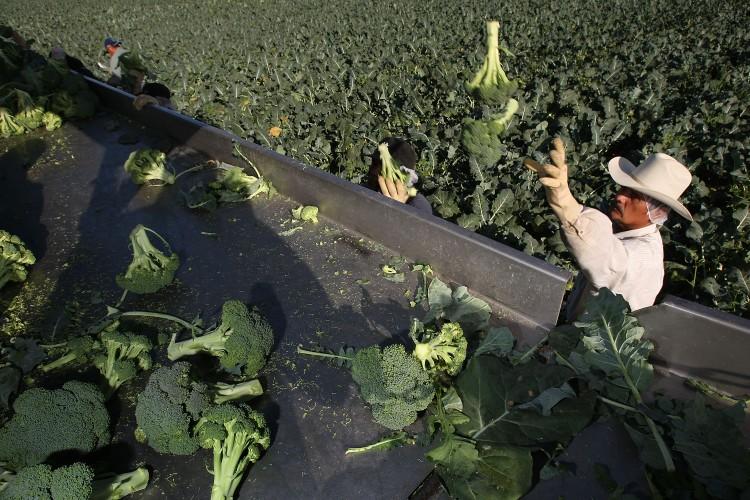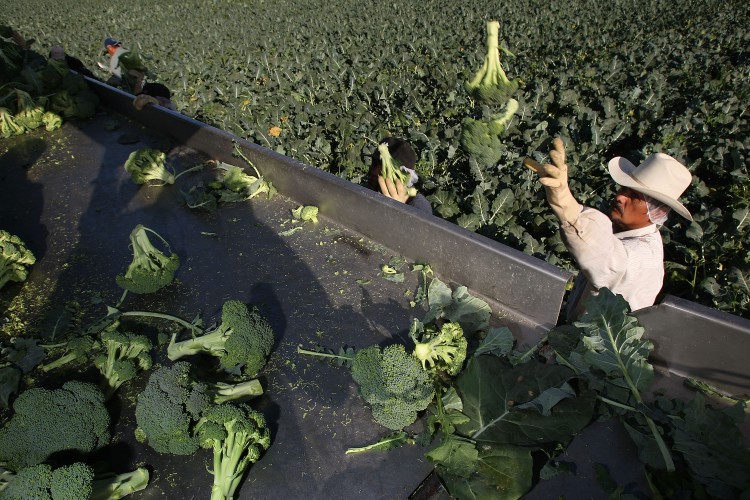The West Coast and the East Coast may soon be sharing broccoli customers, as horticulture researchers are creating broccoli seeds that can grow to withstand the hot and humid East Coast summers.
California, Arizona, and the highlands of Mexico have dominated the broccoli industry since the early 1900s, when broccoli seeds from Italy were planted in California, according to the Agricultural Marketing Resource Center (AgMRC) website.
When viewed from the sky, or a Google satellite image, green fields can be seen in the region where the broccoli industry’s leaders meet.
“When you look at the satellite view, it’s all dessert and then there’s this one bright green spot right there where California, Arizona, and Mexico meet,” said Thomas Björkman, associate professor of horticulture at Cornell University and director of the Eastern Broccoli Project.
“It glows green in the dessert; it’s mostly lettuce, but it’s also broccoli,” and that is where the bulk of the nation’s broccoli comes from, according to Björkman.
The Eastern Broccoli Project is projected to be a five-year project that began nearly two years ago with a $3.2 million grant from the U.S. Department of Agriculture under the Specialty Crops Research Initiative and $1.7 million from commercial partners.
The California broccoli industry was valued at more than $606 million in 2010, according to the AgMRC. The broccoli industry on the East Coast has an estimated value of no more than $100 million.
“That is about how much we think could be produced in the east at the right quality,” Björkman said. He said that transportation costs could be cut drastically and that food retailers’ local food demands could be met with East Coast broccoli production.
“People like this stuff, and we are trying to meet that demand—more broccoli production,” Björkman said.
Northern Maine has been producing broccoli because it is cool all summer, “but once you get south of that, it gets tricky to raise the broccoli because essentially the nights stay warm,” he said.
When the warmer temperatures are telling the broccoli to turn into something else, Björkman said that the plant turns into a vegetable that looks halfway between broccoli and cauliflower, which is not going to sell. Partnering with seed companies and university labs, the experts are looking at the broccoli lines that show changes at higher temperatures and working to create a line of quality commercial broccoli.
The Epoch Times publishes in 35 countries and in 21 languages. Subscribe to our e-newsletter.







